Back to Courses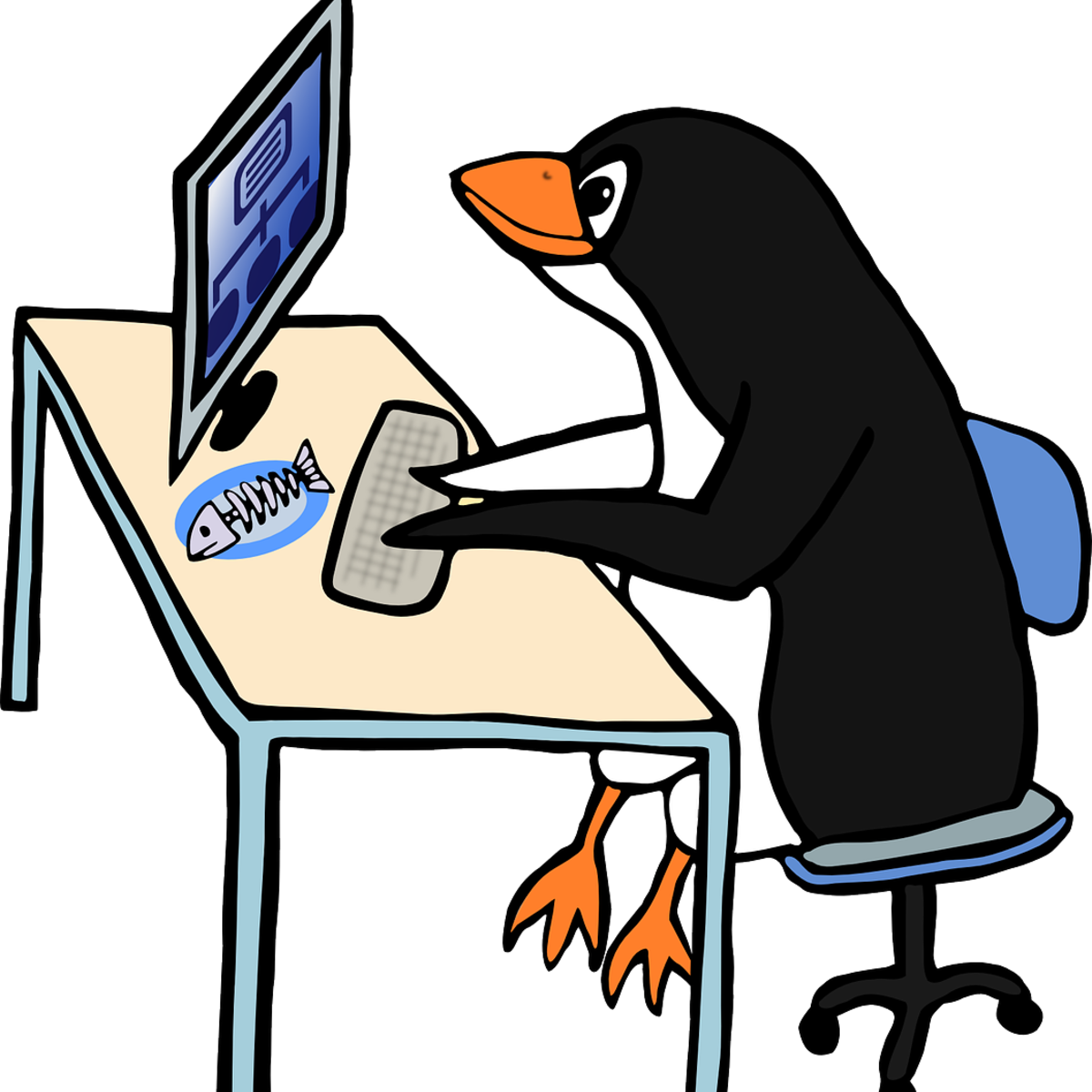
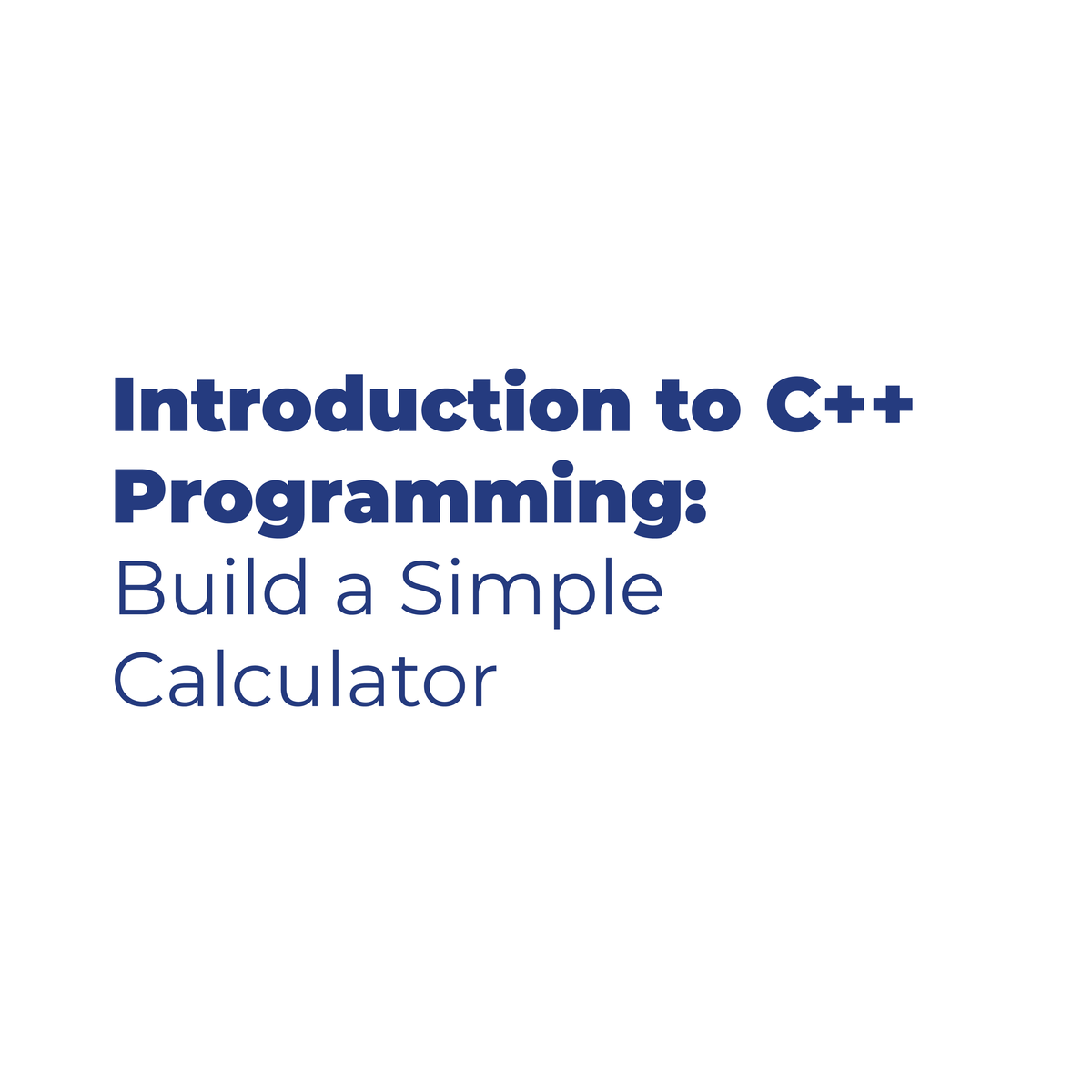


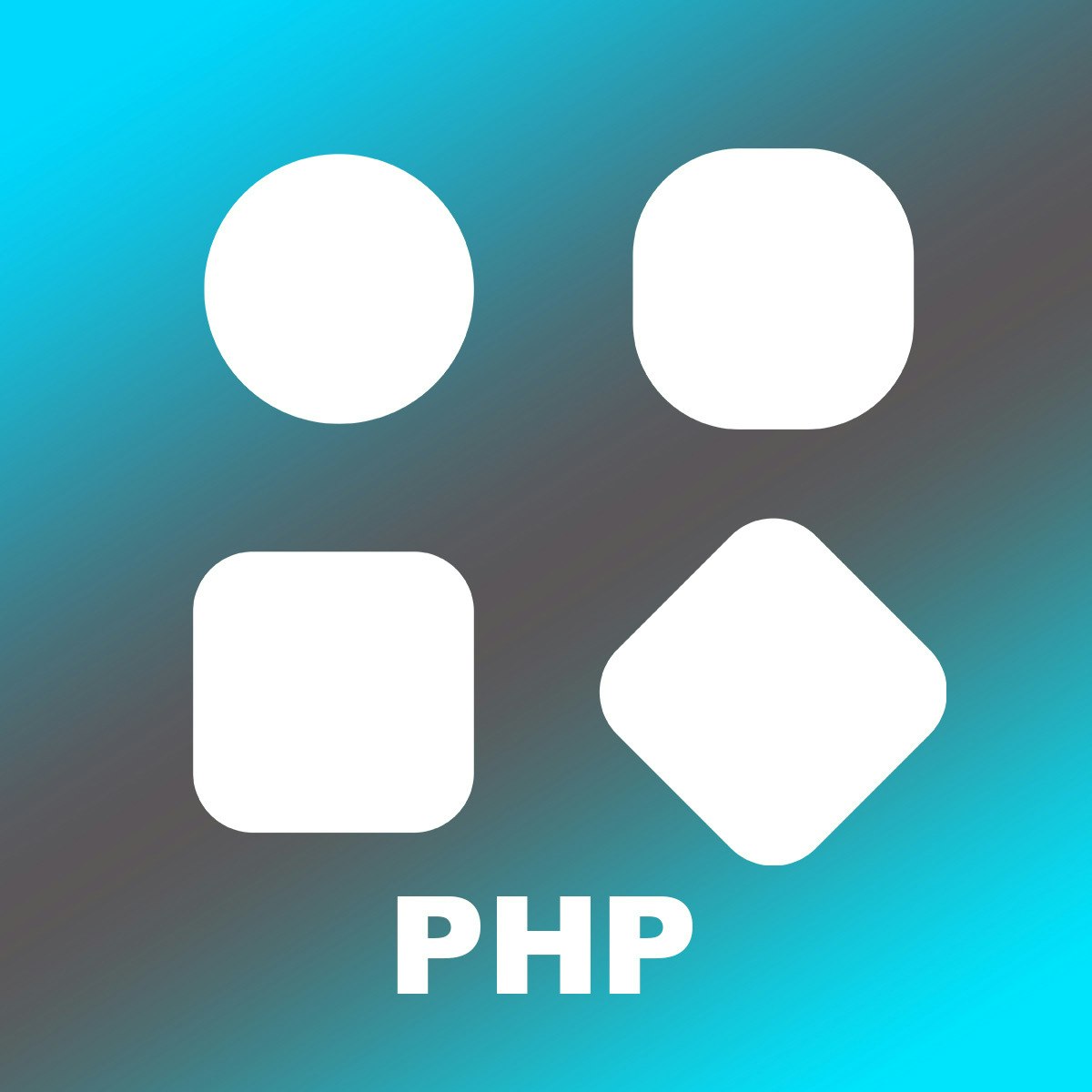



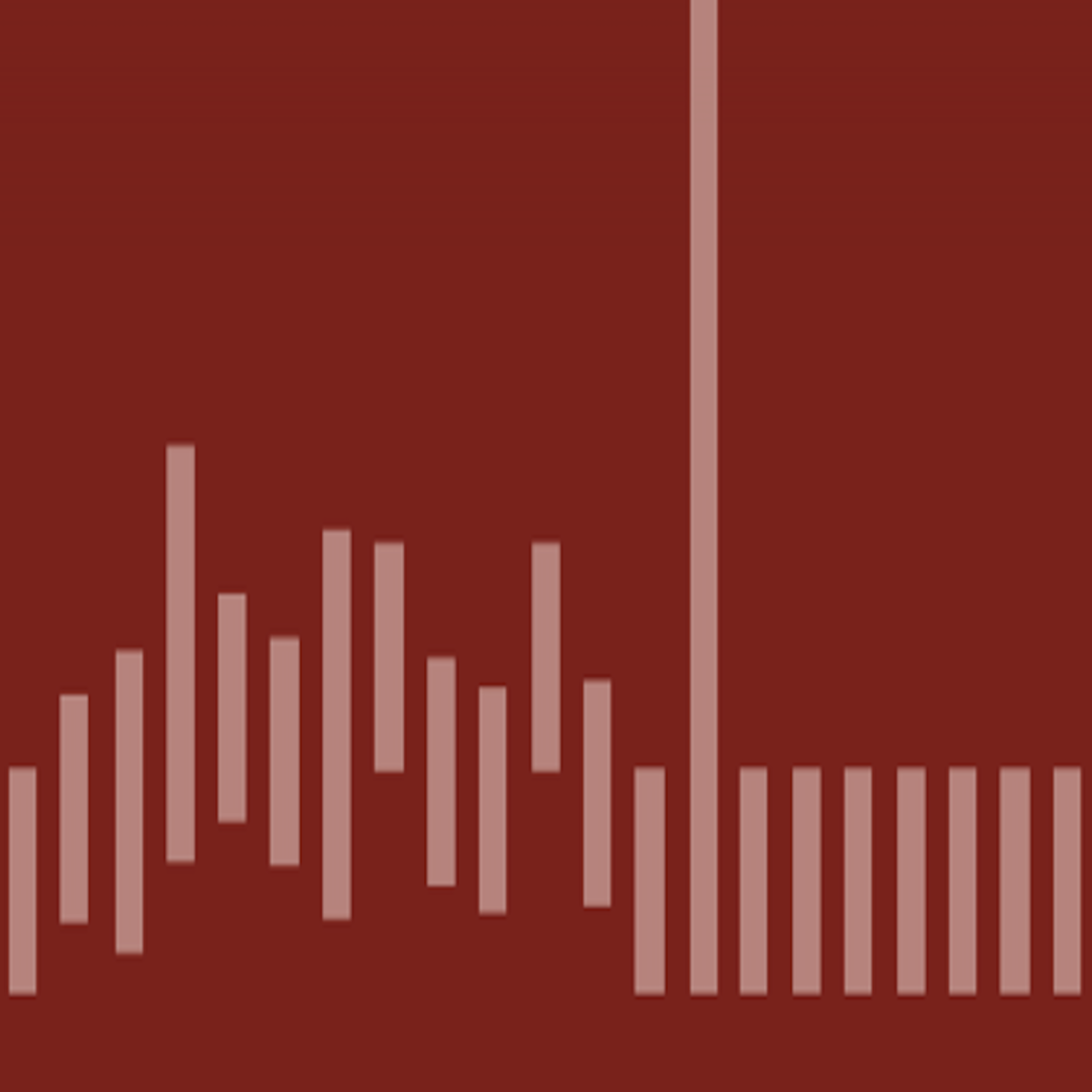
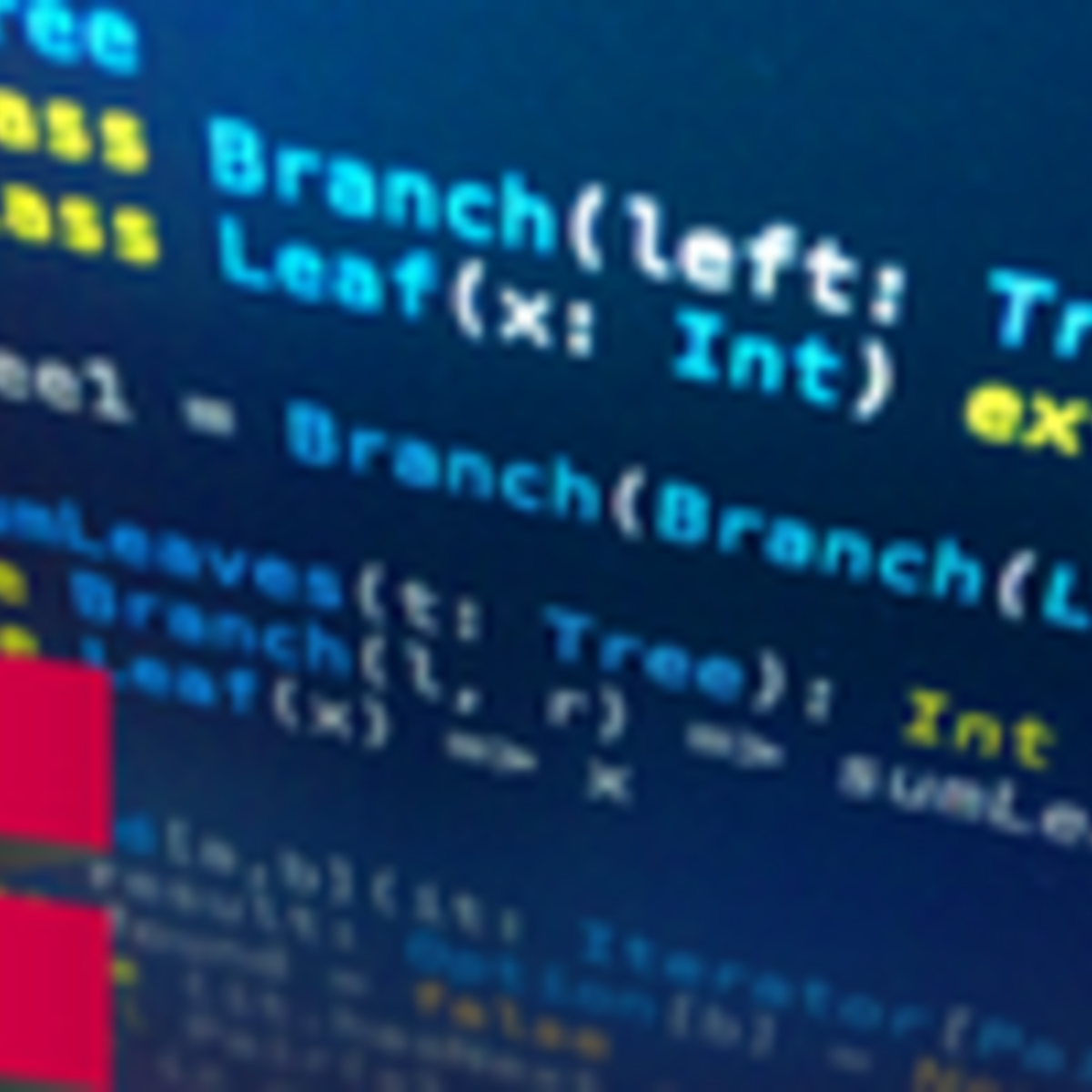
Computer Science Courses - Page 198
Showing results 1971-1980 of 2309

Create a C# UI on Linux using MonoDevelop
By the end of this project you will create a C# GTK# UI application using the Mono library and MonoDevelop IDE using a GTK# project.
MonoDevelop is an IDE that allows development of C# on the Linux operating System. It is also used as the underlying project for Visual Studio for Mac and is used for cross-platform C# application development on Mac, Linux and the Windows Operating Systems.
Note: This course works best for learners who are based in the North America region. We’re currently working on providing the same experience in other regions.

Introduction to C++ Programming: Build a Calculator
By the end of this project, you will be able to create a simple calculator as well as an advanced one, which will be achieved by learning the basic concepts of C++ such as variables, DataTypes, if conditions, and more programming concepts. By applying these concepts you can also create programs that users can interact with. These programming concepts can also be applied using other Programming Languages such as Java and Python, not just C++.
Note: This course works best for learners who are based in the North America region. We’re currently working on providing the same experience in other regions.

Web Connectivity and Security in Embedded Systems
Welcome to Web Connectivity and Security in Cyber-Physical Systems!
In this course, we will explore several technologies that bring modern devices together, facilitating a network of connected things and making devices internet-enabled. We will discuss rules, protocols, and standards for these devices to communicate with each other in the network. We will also go through security and privacy issues and challenges in cyber-physical systems (CPS). We will explore measures and techniques for securing systems from different perspectives. Possible attack models are introduced and solutions to tackle such attacks are discussed. Moreover, some basic concepts related to privacy in cyber-physical systems are presented.
The course comprises altogether five modules and is split up into two main sections. The first section contains three modules and centers on the problem of web connectivity in cyber-physical systems. The second section consists of two modules focusing on security measures in such systems. Each module ends with a graded quiz, and there is a final peer-reviewed exam at the end of the course covering the two main sections of the course.
After completing this course, you will have the basic knowledge and capacity for designing the network architecture of your cyber-physical system. This includes putting together different components, selecting suitable communication protocols, and utilizing these protocols in your system. You will also be able to define security requirements for your system and choose and implement a proper security and privacy technique to protect it.

Machine Learning: an overview
The course provides a general overview of the main methods in the machine learning field. Starting from a taxonomy of the different problems that can be solved through machine learning techniques, the course briefly presents some algorithmic solutions, highlighting when they can be successful, but also their limitations. These concepts will be explained through examples and case studies.

Learn Object-Oriented Programming with PHP
Learn Object-Oriented Programming with PHP.

Use Go Code to Work with Google Cloud Data Sources
This is a self-paced lab that takes place in the Google Cloud console. In this lab you explore the basics of Go (golang) by compiling and testing a Go app interactively, deploying it to App Engine, then access data in BigQuery and Firestore.

Documentation and Usability for Cancer Informatics
Introduction:
Cancer datasets are plentiful, complicated, and hold information that may be critical for the next research advancements. In order to use these data to their full potential, researchers are dependent on the specialized data tools that are continually being published and developed. Bioinformatics tools can often be unfriendly to their users, who often have little to no background in programming (Bolchini et al. 2008). The usability and quality of the documentation of a tool can be a major factor in how efficiently a researcher is able to obtain useful findings for the next steps of their research.
Increasing the usability and quality of documentation for a tool is not only helpful for the researcher users, but also for the developers themselves – the many hours of work put into the product will have a higher impact if the tool is usable by the target user community. 70% of bioinformatics tools surveyed by Duck et al. (2016) were not reused beyond their introductory publication. Even the most well-programmed tool will be overlooked by the user community if there is little to no user-friendly documentation or if they were not designed with the user in mind.
Target Audience:
The course is intended for cancer informatics tool developers, particularly those creating tools as a part of the Informatics Technology Cancer Research.
Learning Objectives:
1. Understanding why usability and documentation is vital
2. Identifying your user community
3. Building documentation and tutorials to maximize the usability of developed tools
4. Obtaining feedback from your users
Curriculum:
This course will demonstrate how to: Understanding why usability and documentation is vital, Identifying your user community, Building documentation and tutorials to maximize the usability of developed tools, Obtaining feedback from your users
The course includes a hands-on exercises with templates for building documentation and tutorials for cancer informatics tools. Individuals who take this course are encouraged to use these templates as they follow along with the course material to help increase the usability of their informatics tool.
This course is part of a series of courses for the Informatics Technology for Cancer Research (ITCR) called the Informatics Technology for Cancer Research Education Resource. This material was created by the ITCR Training Network (ITN) which is a collaborative effort of researchers around the United States to support cancer informatics and data science training through resources, technology, and events. This initiative is funded by the following grant: National Cancer Institute (NCI) UE5 CA254170. Our courses feature tools developed by ITCR Investigators and make it easier for principal investigators, scientists, and analysts to integrate cancer informatics into their workflows. Please see our website at www.itcrtraining.org for more information.

How to align and distribute with Adobe Illustrator
During this project, you’ll use the Align and Distribute panel in Adobe Illustrator to create a poster of solar eclipse phases. You’ll use align and distribute commands to get precise control over the position of each object, relative to the artboard and relative to other vector objects.
By the end of this project, you’ll be comfortable aligning vector objects and text to create clear, informative, and interesting compositions.

Algorithms, Part II
This course covers the essential information that every serious programmer needs to know about algorithms and data structures, with emphasis on applications and scientific performance analysis of Java implementations. Part I covers elementary data structures, sorting, and searching algorithms. Part II focuses on graph- and string-processing algorithms.
All the features of this course are available for free. It does not offer a certificate upon completion.
Functional Program Design in Scala
In this course you will learn how to apply the functional programming style in the design of larger Scala applications. You'll get to know important new functional programming concepts, from lazy evaluation to structuring your libraries using monads. We'll work on larger and more involved examples, from state space exploration to random testing to discrete circuit simulators. You’ll also learn some best practices on how to write good Scala code in the real world. Finally, you will learn how to leverage the ability of the compiler to infer values from types.
Several parts of this course deal with the question how functional programming interacts with mutable state. We will explore the consequences of combining functions and state. We will also look at purely functional alternatives to mutable state, using infinite data structures or functional reactive programming.
Recommended background: You should have at least one year programming experience. Proficiency with Java or C# is ideal, but experience with other languages such as C/C++, Python, Javascript or Ruby is also sufficient. You should have some familiarity with using the command line. This course is intended to be taken after Functional Programming Principles in Scala: https://www.coursera.org/learn/progfun1.
